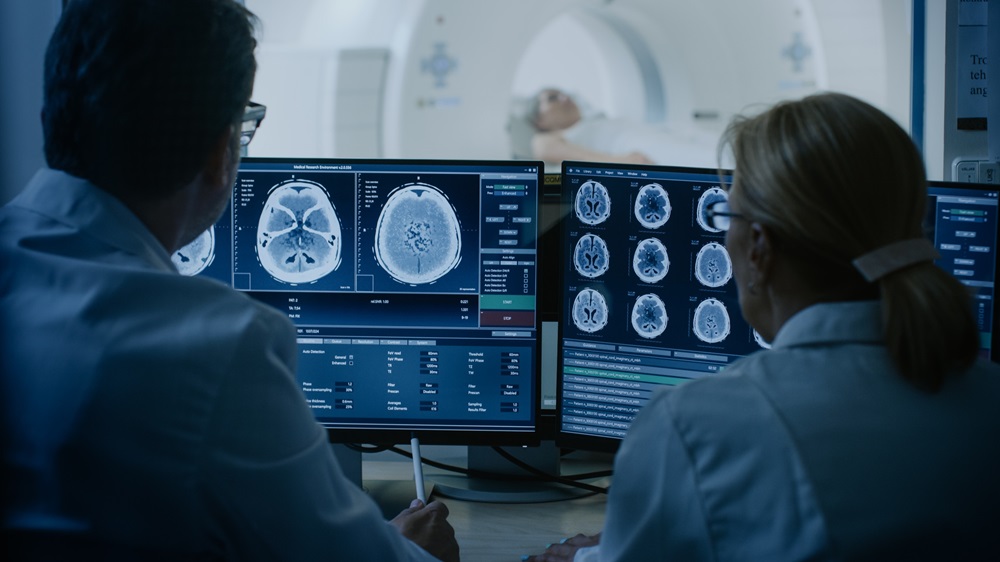International Societies Suggest Key Considerations for AI Radiology Tools
Posted on 02 Feb 2024
Artificial intelligence (AI) holds the potential to significantly disrupt the field of radiology, presenting both opportunities and challenges. Its integration could transform healthcare by enhancing the diagnosis, quantification, and management of various medical conditions. However, as AI tools in radiology become more accessible and sophisticated, there's a growing need to critically assess their utility and distinguish between safe and effective products versus those that are potentially harmful or ineffective.
Now, RSNA (Oak Brook, IL, USA), along with four international radiology societies, has issued a joint statement on the development and application of AI tools in radiology. Published in RSNA's journal, Radiology: Artificial Intelligence, the paper titled "Developing, Purchasing, Implementing and Monitoring AI Tools in Radiology: Practical Considerations. A Multi-Society Statement from the ACR, CAR, ESR, RANZCR, and RSNA" highlights potential practical and ethical issues related to integrating AI into radiology practice. It outlines key concerns for developers, regulators, and purchasers of AI tools before their clinical implementation. The statement also proposes methods for monitoring these tools for stability and safety in clinical settings and evaluating their readiness for potential autonomous operation.

The authors discuss various critical aspects of incorporating AI into the medical imaging workflow. They emphasize the need for heightened monitoring of AI's utility and safety once integrated into clinical practice. The statement underscores the importance of collaboration among developers, clinicians, and regulators to navigate ethical issues and oversee AI performance. AI has the potential to significantly benefit patient well-being, but this requires thorough scrutiny at every stage, from development to integration into healthcare systems. This multi-society statement serves as a guideline for developers, purchasers, and users of AI in radiology, ensuring clarity and comprehension of practical challenges throughout all phases of AI development, from its inception to sustained healthcare integration, with patient and societal safety and well-being as the foremost priorities.
"AI tools are an essential part of radiology's future," said RSNA President Curtis P. Langlotz, M.D., Ph.D. "RSNA is committed to supporting the responsible use of AI in medical imaging through all three pillars of its mission: education, research, and technological innovation."
Related Links:
RSNA














